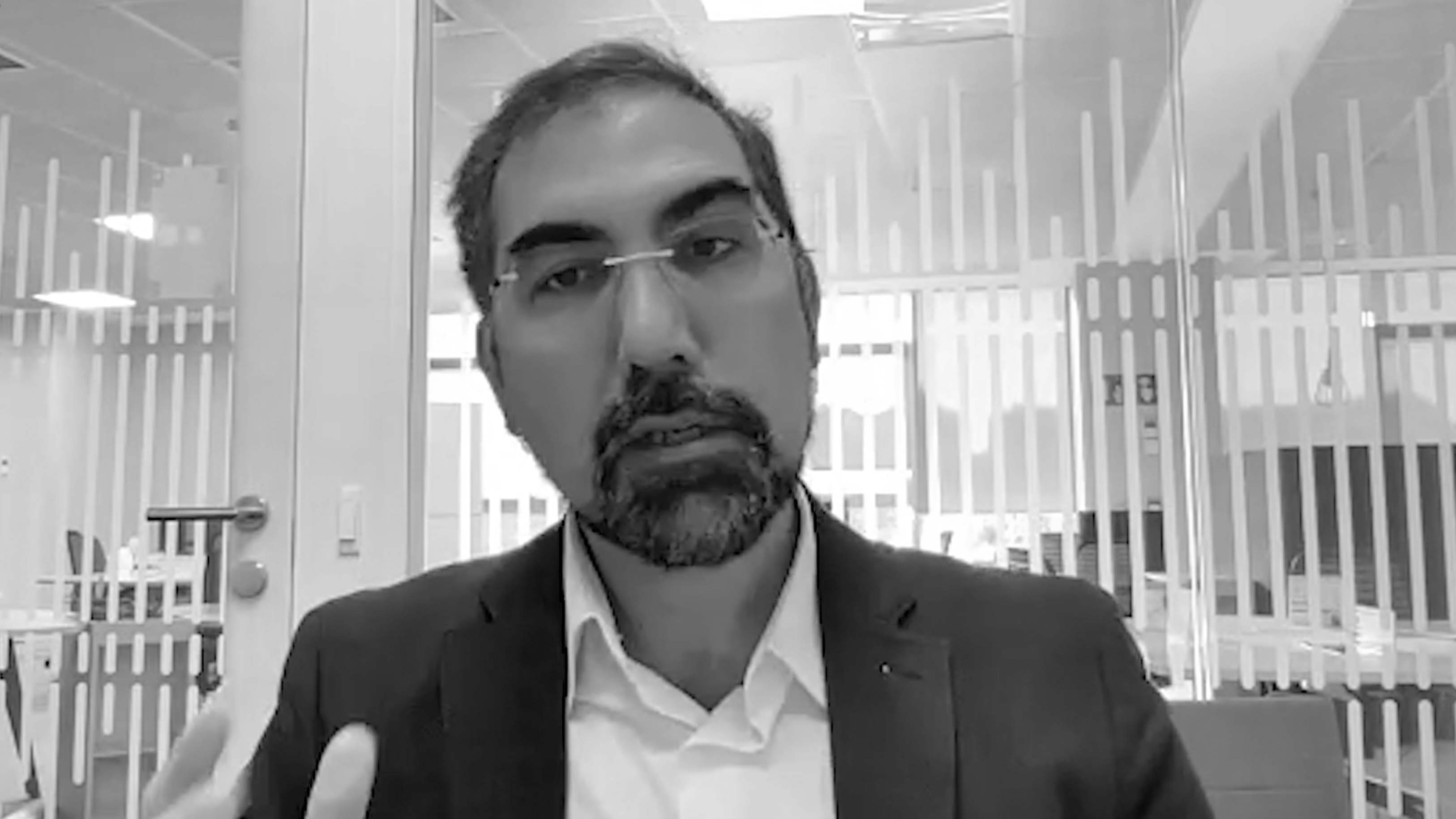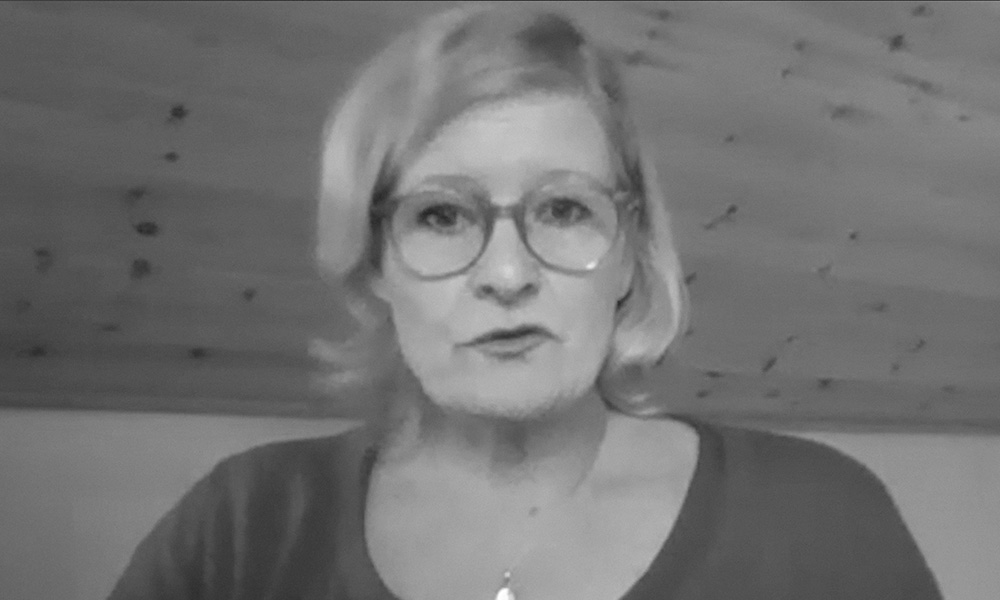
As a leader, do you prefer that people work remotely or in the office together? No matter how you answer this question, there are two important things to remember. First, your response may depend on where you sit in your organization. Second, it doesn’t matter how you feel: it’s happening.
This change feels sudden and earth-shaking to many in leadership positions. Remote work has been increasing year-over-year since the advent of the internet, and will continue to grow. With the Covid pandemic pushing many people into remote work without properly preparing for it, the change accelerated. While these feelings are common, and there are very real changes involved in working remotely or in hybrid teams, there is good news.
The good news is, there have always been leaders who led from a distance, Genghis Khan and Queen Victoria ruled large portions of the planet without the need for a Zoom account. In fact, Julius Caesar was far more successful out in the field. It’s when he returned to the home office in Rome that things turned ugly. How were they so successful?
What many leaders forget is that leading people remotely is more the same as leading in person than it is different.
What they knew, and what many leaders forget, is that leading people remotely is more the same as leading in person than it is different. Those differences matter and must be addressed. Kevin Eikenberry and I discussed those differences in our 2018 book, The Long-Distance Leader, Rules for Remarkable Remote Leadership. The first rule of leading from a distance is “think leadership first, location second.”
Leading from a distance
That simply means that the role of leader requires the same skills and actions no matter where people are located. What we do as managers hasn’t changed so much as how we do it. We can no longer rely on our own direct observations of behavior. Communication is no longer in-person, and the frequency with which we interact with our teammates is much less and feels far less personal.
In short, even though the job hasn’t changed appreciably, it feels very different. This sense of disconnection can lead to a range of undesirable behaviors, from not communicating enough (out of sight and out of mind) to micromanaging in an effort to feel that you’re informed and connected.
In 2018, we conducted a survey of leaders regarding their approach to remote work. What we found has been borne out since the pandemic by reporting from Bloomberg and others. The higher the position on the organizational chart, the more likely leaders are to be concerned about making remote work successful in their companies.
More senior leaders than front-line-managers have been surprised by the success of working from home. The University of Chicago Booth Business School reported that most workers felt leadership’s concerns about whether work would get done, or the quality of that work, are overblown.
One example of how this perception matters is when we asked managers, “How confident are you that people will be productive when working remotely?” Supervisors and managers were very confident, while senior leaders expressed real concerns.
The out-of-sight conundrum
Why do those with the most experience and career success worry about working in these new ways?
First, we draw from our own experience. As leaders, we achieved a certain level of success by networking internally, learning from those around us, and having access to mentors and leaders. It’s hard to imagine anyone else achieving our position working in any other way. It’s the way things have always been done.
Second, while we need to do all the things leaders have always done to help our people succeed, we are forced to do it in ways that are unfamiliar or uncomfortable to us. Now, work is mediated by technology. For the first time in history, over two-thirds of workplace communication now takes place in writing [1] (email, text, chat messages). That requires new ways of collaborating and productivity that many experienced managers aren’t familiar or comfortable with.
Over two-thirds of workplace communication now takes place in writing. That requires new ways of collaborating that many experienced managers aren’t familiar or comfortable with. As a result, we often engage in behavior that is natural but goes against what we know to be the best practices of leaders.
As a result of these differences, we often engage in behavior that is natural but goes against what we know to be the best practices of leaders. Because we can’t just pop our heads over a cubicle wall to see “how it’s going,” we might resort to more frequent, unexpected check-ins that feel like micromanagement. Where a face-to-face coaching session might be in order, it’s easier to send an email or just not give timely feedback until the next scheduled call. And, of course, there’s the need to feel connected and thus overschedule people with Zoom meeting after Zoom meeting.
Even in hybrid work situations where some or all of the team may come into a central location occasionally, leaders don’t always do the things we know instinctively work. One of the biggest challenges for managers in these situations is proximity bias. While we know we should delegate tasks based on the best person for the job, or the person who needs to develop a particular skill, it’s far easier to give that task to the person you see frequently, or who is in your line of sight.
What good leaders do
When we take the time to be intentional about our actions, the proper course of action becomes clear. If the goals are clearly understood and metrics discussed at the beginning of a project, you will get the information you need while giving workers the space to be productive (without feeling micromanaged). When a performance issue is important, knowing that a webcam chat will be more effective than another nagging email will elicit better results.
If you do the things good leaders do, while accounting for the challenges of remote work, you’ll be successful. It takes awareness, intentionality, and proactivity to overcome the very real limitations remote work puts on leadership.
Post-Covid employee surveys bear out something that should be obvious but surprised many people. Teams that reported high levels of trust with their manager before the pandemic reported the same or higher levels of trust since going remote. Where trust wasn’t high, remote work has widened the gap. In short, if you do the things good leaders do, while accounting for the challenges of remote work, you’ll be a successful leader.
It takes awareness, intentionality, and proactivity to overcome the very real limitations remote work puts on leadership. The good news is, it’s not as radical a shift as many fear. Just think leadership first, and location second.
REFERENCES
1 Cal Newport (2021), A World Without Email: Reimagining Work in an Age of Communication Overload, Portfolio.







































